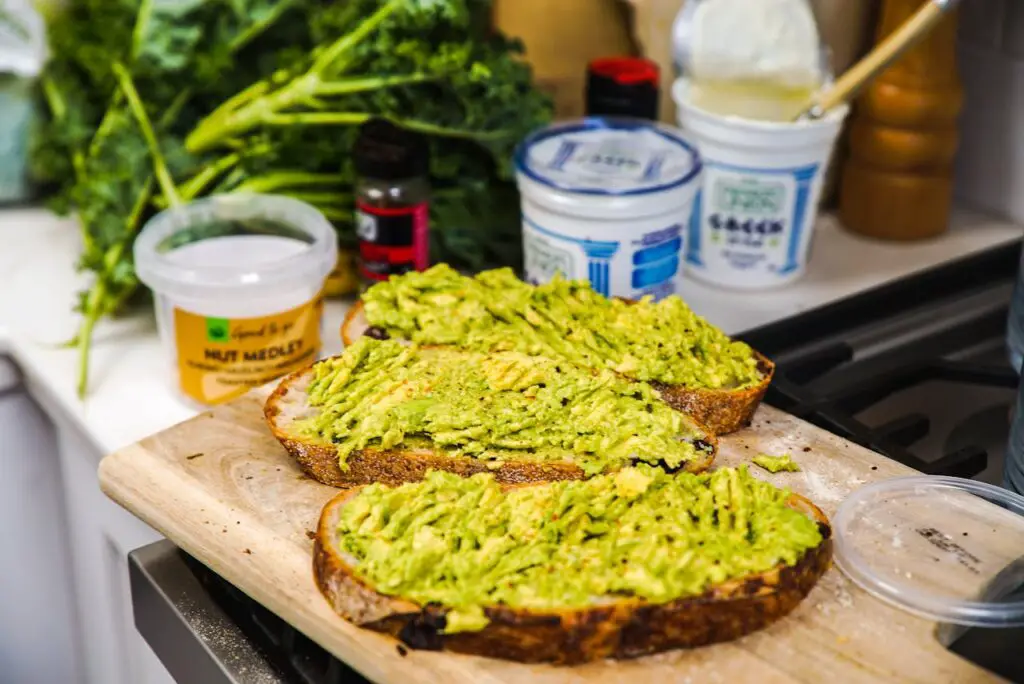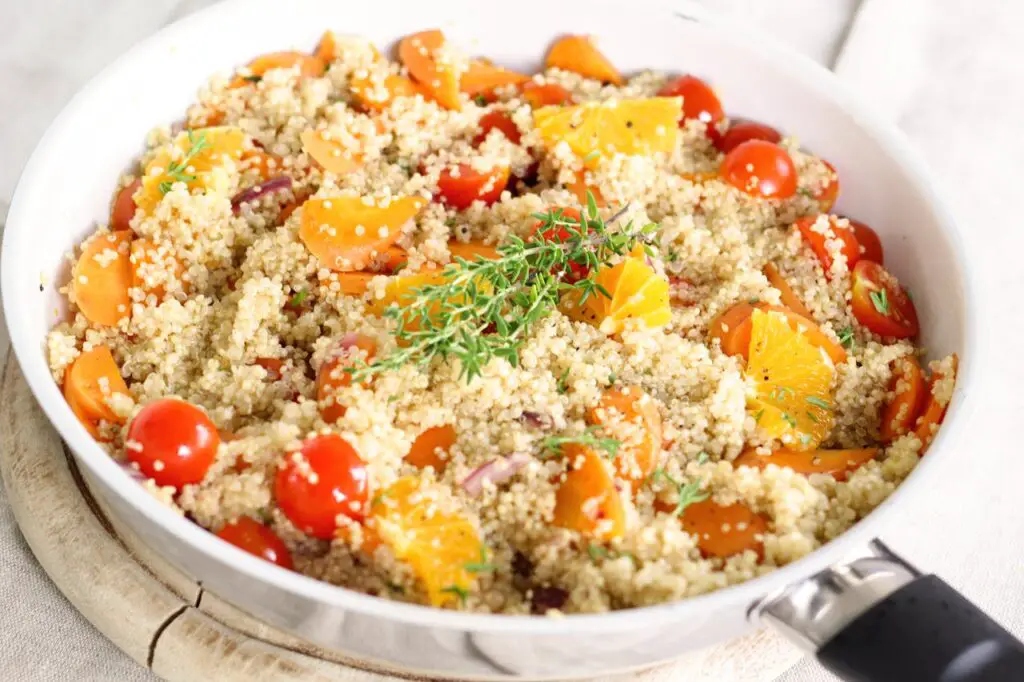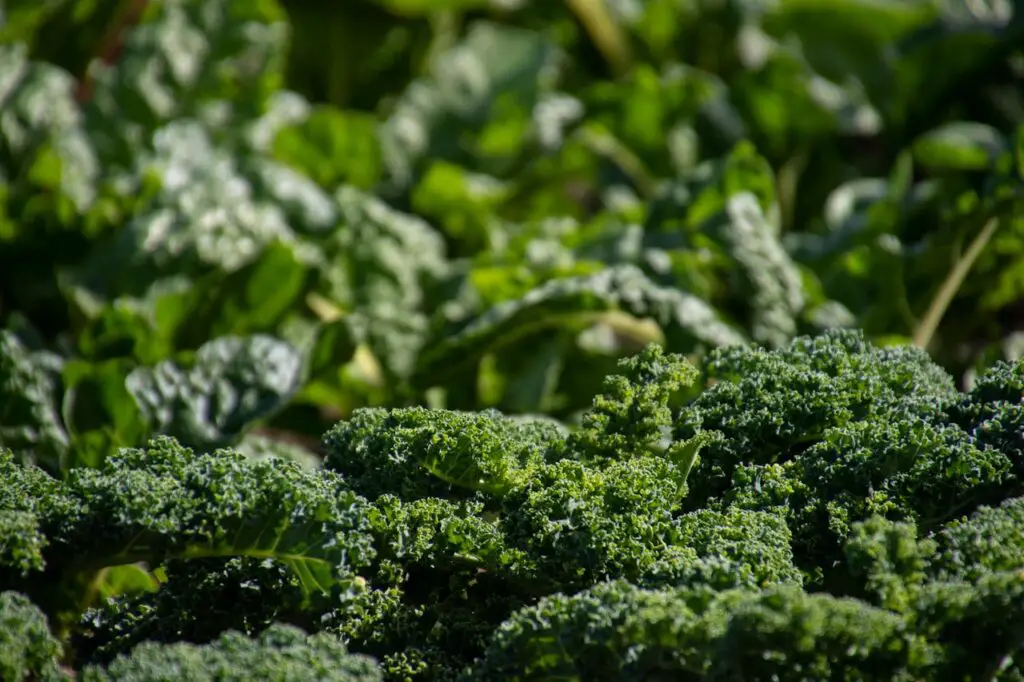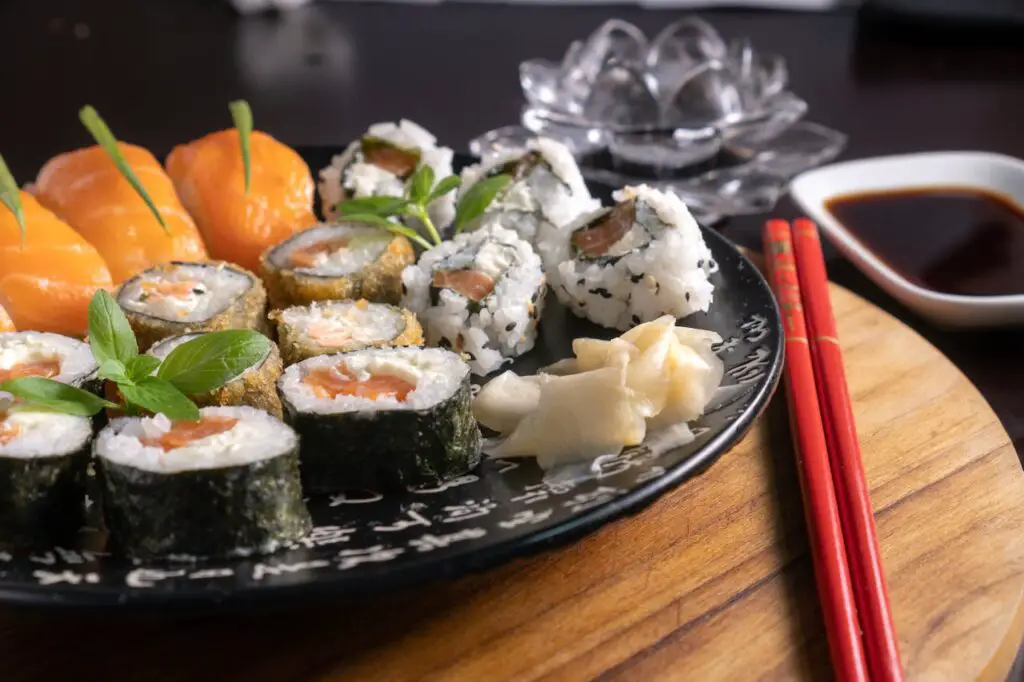7 Foods That Were Unheard Of 30 Years Ago—But Are Everywhere Today

Do you remember a time when the fanciest thing on the menu was a shrimp cocktail, and “superfoods” weren’t even a thing? If you grew up in the 60s, 70s, or even the 80s, the idea of putting avocado on toast or drinking milk made from almonds would’ve sounded downright bizarre. Back then, food was simple, predictable, and—let’s be honest—not nearly as adventurous as it is today.
But over the past three decades, our grocery stores, restaurants, and kitchens have been invaded (in the best way possible) by foods that were once unheard of. These days, what was once niche is now mainstream, and if you’ve ever stood in front of the refrigerated section wondering what the heck oat milk is—trust us, you’re not alone.
This list is a fun and practical look at seven foods that seemed strange (or didn’t exist) 30 years ago but are now just about everywhere. Whether you’ve embraced the trends or are still scratching your head, you’ll enjoy seeing how far our plates have come.
1. Avocados (Especially Avocado Toast)

Let’s start with a true millennial icon: avocado toast. While avocados themselves have been around for ages, they weren’t always so beloved in the U.S. Aside from guacamole at the occasional Mexican restaurant, most Americans didn’t give this green fruit much attention. But in the 2000s, everything changed. Packed with heart-healthy fats, potassium, and fiber, avocados became the darling of the health world. Smashed on toast and topped with everything from eggs to chili flakes, it’s now a brunch staple coast to coast. For baby boomers trying to eat healthier (without sacrificing flavor), avocados are a creamy, satisfying upgrade from the buttered toast of yesteryear.
2. Quinoa

Even if you still find yourself pronouncing it “quin-O-a,” you’re not alone—this tiny seed has confused plenty of folks. But quinoa (keen-wah) has also earned its place as a pantry essential for anyone looking for a healthy alternative to rice or pasta. Packed with protein, fiber, iron, and all nine essential amino acids, quinoa was a hidden gem from the Andes mountains that has exploded in popularity over the last two decades. It cooks quickly, plays well with bold flavors, and can be served hot or cold. If you’ve got grandkids with dietary restrictions, quinoa is a go-to that checks all the boxes—gluten-free, vegan-friendly, and nutrient-dense.
3. Kale

Remember when kale was used mostly as a decorative leaf around the potato salad at buffet tables? It certainly wasn’t something people voluntarily ate. But somewhere along the line, kale got a major glow-up. Now it’s hailed as a superfood and tossed into everything from smoothies and soups to chips and salads. Loaded with vitamins A, C, and K, plus calcium and antioxidants, kale became a nutritional powerhouse for health-conscious eaters. Sure, it can be a bit tough raw—but massage it with olive oil and lemon, or sauté it with garlic, and you’ve got a tasty, satisfying green that keeps your body happy and your doctor impressed.
4. Chia Seeds

“Ch-ch-ch-chia!” Yep, we all remember the catchy jingle and those sprouting novelty pets. But today, chia seeds are more likely to be found in your breakfast than on your windowsill. These tiny black seeds are nutritional dynamos—rich in fiber, omega-3 fatty acids, and plant-based protein. They absorb liquid to form a pudding-like texture, making them perfect for adding to overnight oats, yogurt, or smoothies. They even help you feel full longer, which can be a nice perk for anyone watching their waistline. For baby boomers trying to eat smart with minimal fuss, chia seeds are an easy win—just stir them in and go.
5. Sushi (Especially in Grocery Stores)

Back in the 1990s, sushi was still a curiosity in most parts of the U.S.—found mainly in big cities or upscale Japanese restaurants. Raw fish? With rice? No thanks, many of us thought. Fast-forward to today, and sushi is as common as pizza. You’ll find pre-packaged rolls in nearly every grocery store, from Costco to corner markets. While traditional sushi is an art form, American-friendly versions like California rolls (which don’t even include raw fish) helped ease sushi into the mainstream. It’s light, flavorful, and surprisingly affordable. For boomers seeking fresh, low-fat meal options, sushi is now an easy, grab-and-go favorite.
6. Almond Milk (and Other Plant-Based Milks)

There was a time when “milk” meant one thing: dairy. And it came in whole, 2%, or skim. But now, entire shelves are devoted to plant-based alternatives like almond, soy, oat, coconut, and even pea milk. Almond milk leads the pack, known for its smooth taste and low-calorie count. Whether you’re lactose intolerant, vegan, or just watching your cholesterol, almond milk offers a dairy-free way to enjoy everything from cereal to lattes. It’s light, shelf-stable (until opened), and often fortified with calcium and vitamin D. For boomers adjusting to health concerns or food sensitivities, these milk alternatives are a practical (and tasty) swap.
7. Hummus

Thirty years ago, hummus was a mystery to most Americans. Now? It’s a household name and a refrigerator staple. This creamy spread, made from blended chickpeas, tahini, lemon, and garlic, has Middle Eastern roots but all-American appeal. It’s protein-rich, high in fiber, and free of dairy and gluten—making it a hit across generations. Available in flavors from classic to spicy red pepper to chocolate dessert versions, hummus is a versatile dip, sandwich spread, or veggie companion. For boomers looking to snack smarter or reduce their processed food intake, hummus is a deliciously satisfying alternative to heavier dips and spreads.
Final Thoughts

It’s amazing how much our food landscape has transformed over the last 30 years. Many of us grew up eating meatloaf, mashed potatoes, and Jell-O salads, and now we’re trying quinoa bowls, almond milk lattes, and kale smoothies. While some of these new foods may have seemed odd at first, they’ve proven to be more than just trends—they’re here to stay.
And the good news? You don’t have to be a health nut or a food snob to enjoy them. These foods offer real, everyday benefits—better nutrition, more variety, and even convenience. Whether you’re feeding a growing family, watching your health, or just curious to try something new, the modern food world has opened doors that once didn’t exist.
So the next time you spot something unfamiliar in the produce aisle or on a restaurant menu, go ahead and give it a try. You might just find a new favorite—and surprise your kids or grandkids with your adventurous side.
Leave a Reply